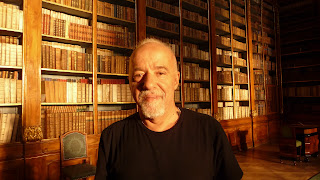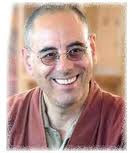"My portraits are more about me than they are about the people I photograph."
— Richard Avedon
American Photographer
1923 - 2004
Commentary
As a speaker one of the truths that I have learned is that a speaker often talks about what he himself has to learn. And I believe the same is true about writers, artists and other creative leaders. Our stories and poems are more about us than about the people we write about. The subject matter we choose for our paintings is more about us than others. We all have lessons that we need to learn in life. For me, that is the chief reason we are here. We need to learn and grow as human beings. The creative process helps us learn those lessons. Sometimes I run across a person who says he writes to help others and there is some truth in that statement. But the heart of why he writes is to help himself. I often say that I teach others what I myself need to learn over and over.
Creative Practice
This week identify 5 life lessons that you have learned through the creative process and share those lessons with others. Has the creative process taught you patience? Have you learned about the importance of attention to detail? Have you learned to trust your intuition? How can these lessons learned in the creative process be applied to your life?
Background on Richard Avedon
Avedon was born in New York City to a Jewish Russian immigrant family. His father owned and operated a successful retail dress business. In high school he worked on the school newspaper with James Baldwin. He joined the Merchant Marines in 1942 as a photographer. In 1944 he worked as an advertising photographer for a department store. In 1946 he set up his own studio and started publishing his photographs in Harper's Bazaar, Vogue and Life magazines. In 1952 Avedon became the staff editor and photographer for Theater Arts Magazine. In 1962 he became a staff photographer at Vogue magazine. In 1992 he became the staff photographer for the New Yorker magazine.
Besides fashion photographer, Avedon turned his attention to studio portraits of civil rights workers, politicians and cultural dissidents. He was interested in how portraits capture the personality and soul of its subject. His subjects included Buster Keaton, Marian Anderson, Marilyn Monroe, Ezra Pound, Isak Dinesen, Dwight D. Eisenhower, Hillary Clinton, Toni Morrison, Saul Bellow and Andy Warhol. He published more than a dozen books of his portraits and photographs.
Video
Here is the first part of a documentary about Richard Avedon from the 1995 American Masters Series.








.jpg)








